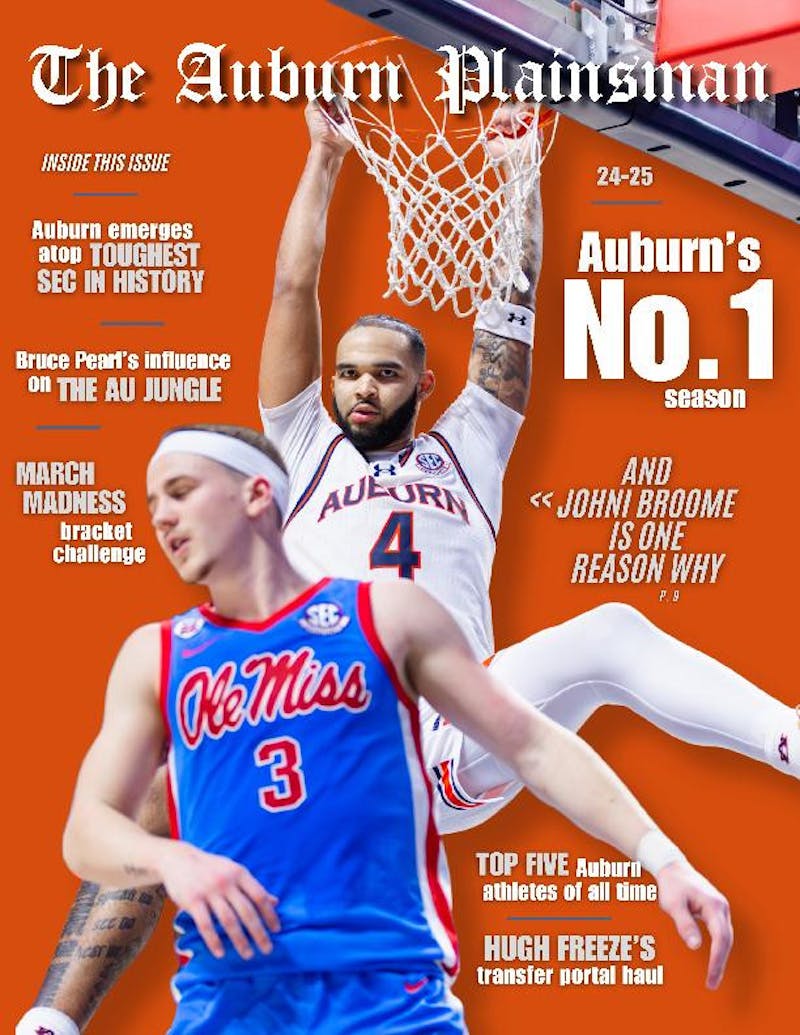For years, scientists and teachers all over the world have called the brain "the final frontier."
This month, Gopikrishna Deshpande, assistant professor in electrical and computer engineering, performed research on the brain activity of self-proclaimed religious and non-religious people.
Deshpande's study with the National Institute of Health, NIH, found there are some regions of the brain that communicate differently with each other depending on if the person is religious or not religious.
"It's really not the activation of different brain regions, but rather how different brain regions communicate with each other," Deshpande said.
Deshpande said the research he and the NIH performed takes a huge step down the path to completing the journey of mapping the brain.
"A lot of questions remained unanswered, and if you really did something, it really impacted people's lives," Deshpande said.
Deshpande said he and the NIH collaborate with many medical schools and other groups to perform their research.
The NIH and Deshpande's research supports a theory that the human capacity for religion is due to development of certain brain regions during evolution.
"These connections [in the brain] how strong they are or how weak they are-[are] actually controlled by both genetic and environmental factors," Deshpande said. "So I think some people are born with a predisposition to be more religious, but that is not set in stone; your upbringing does matter."
Adam Jortner, assistant history professor, said he helps prove humans are the only creatures with the capability for religious belief.
"Religion is probably as old as the human race," Jortner said.
Raj Mohan, sociology professor, studies religion.
"Religion is a source of unification as well as a source of conflict and diversification," Mohan said.
Do you like this story? The Plainsman doesn't accept money from tuition or student fees, and we don't charge a subscription fee. But you can donate to support The Plainsman.




